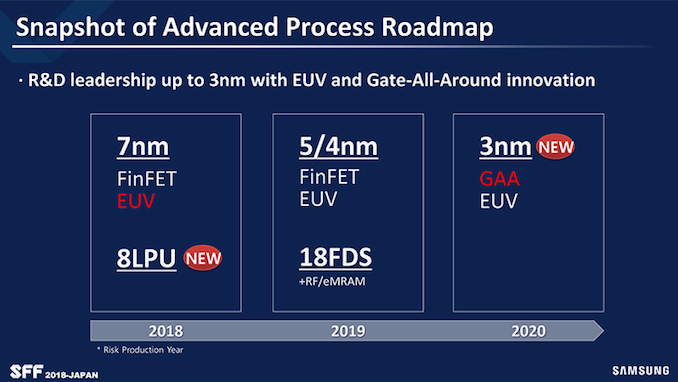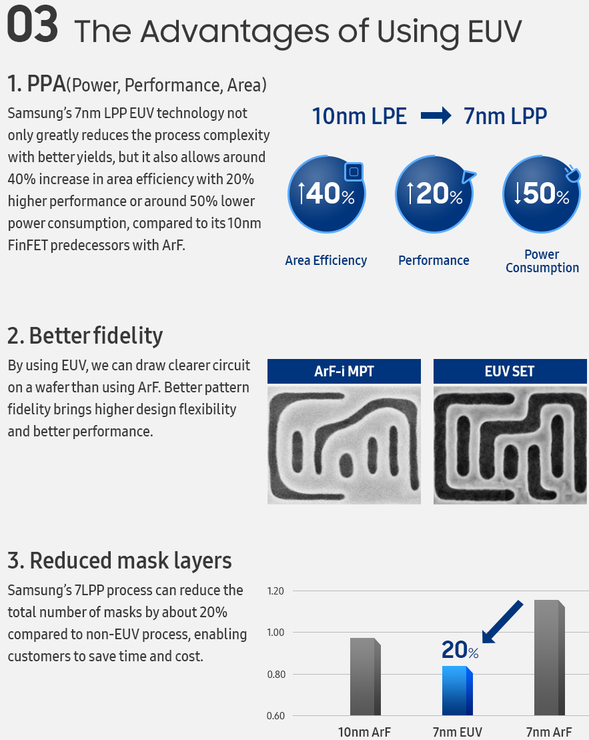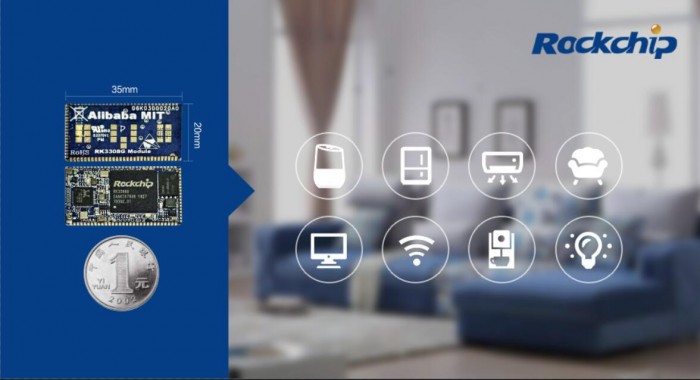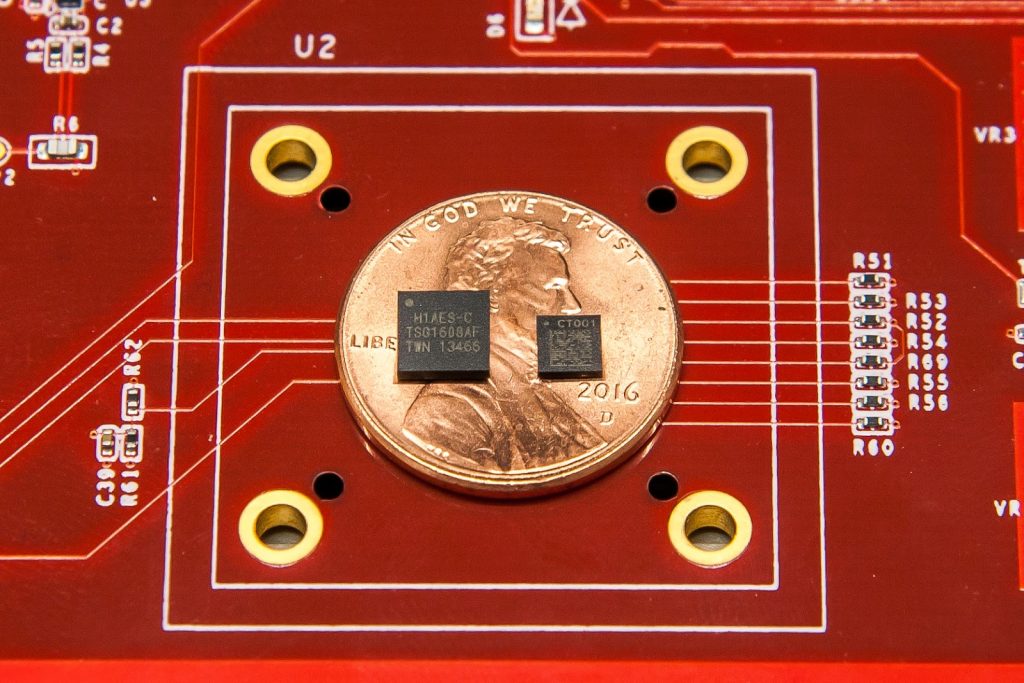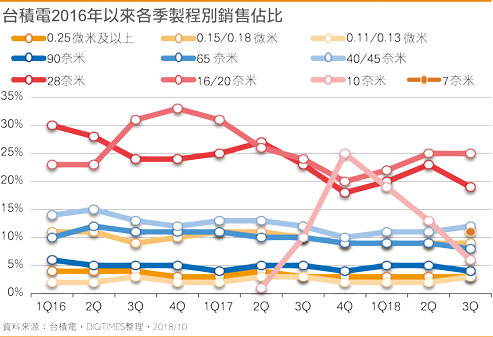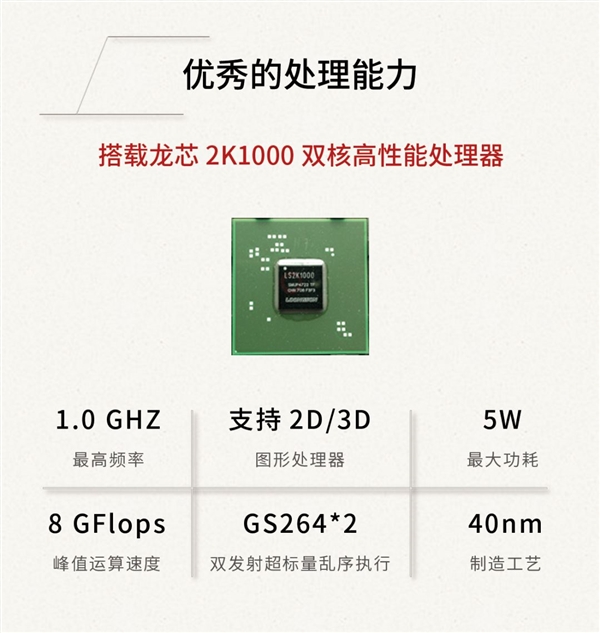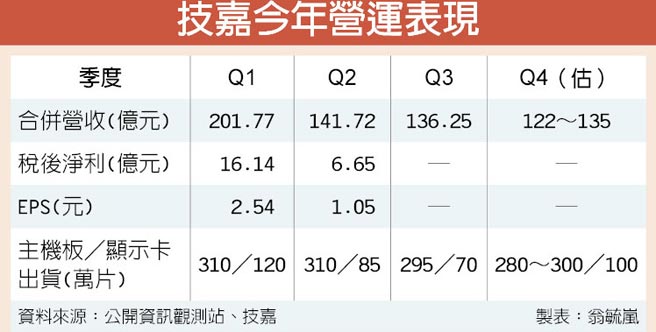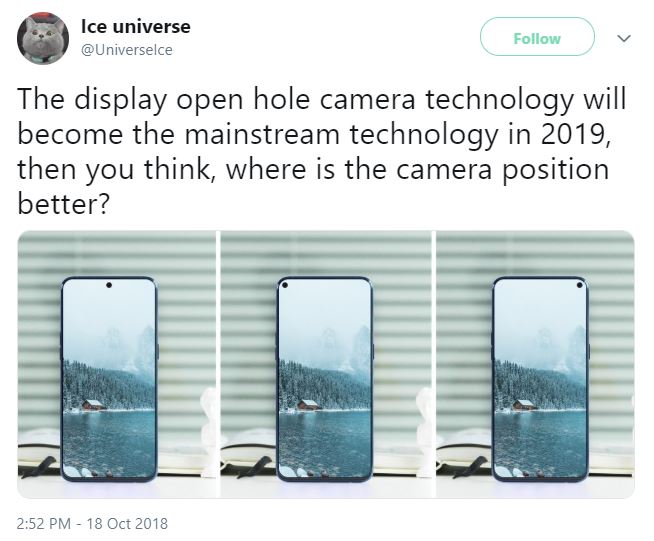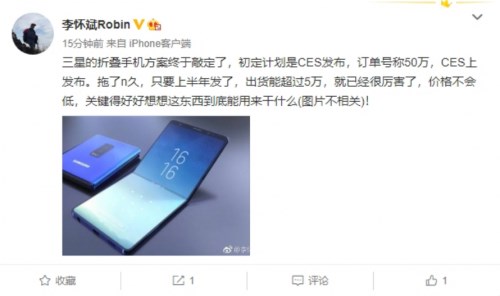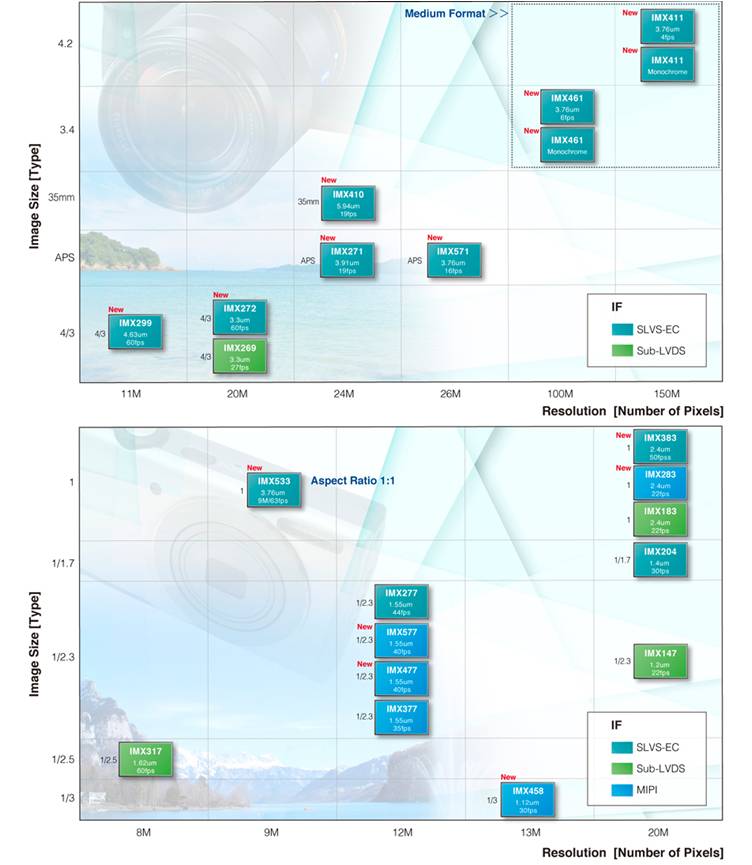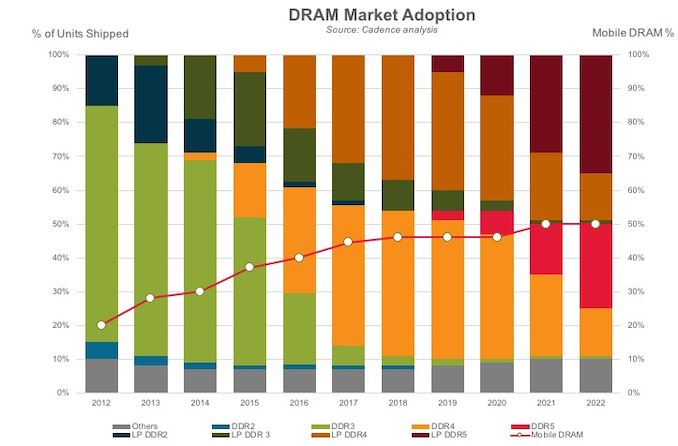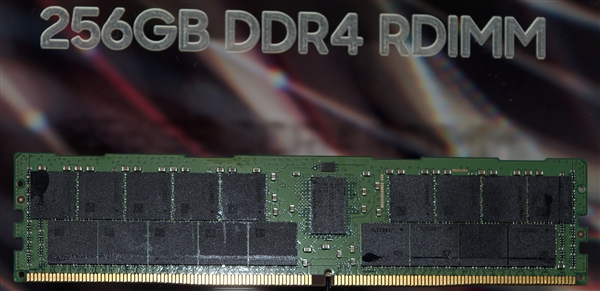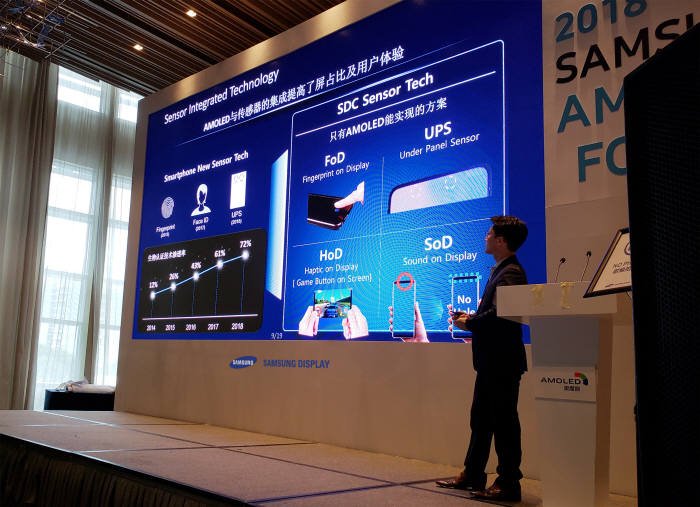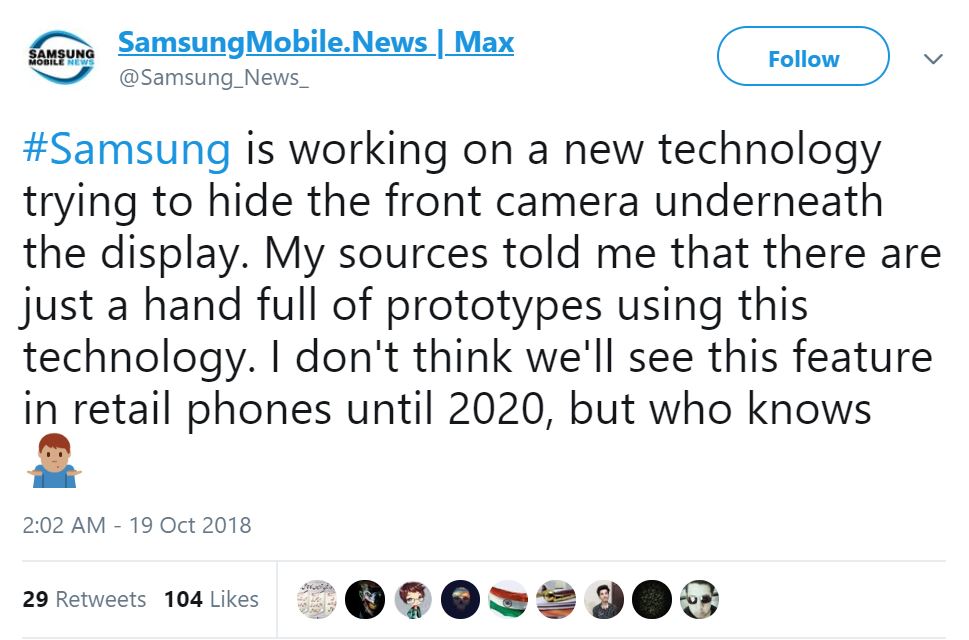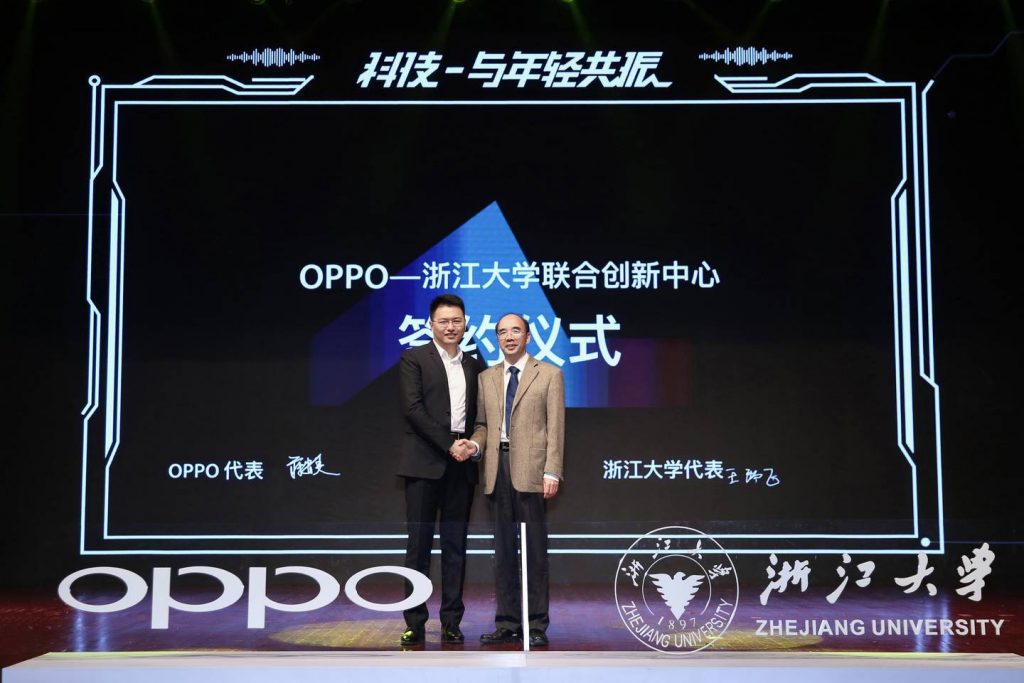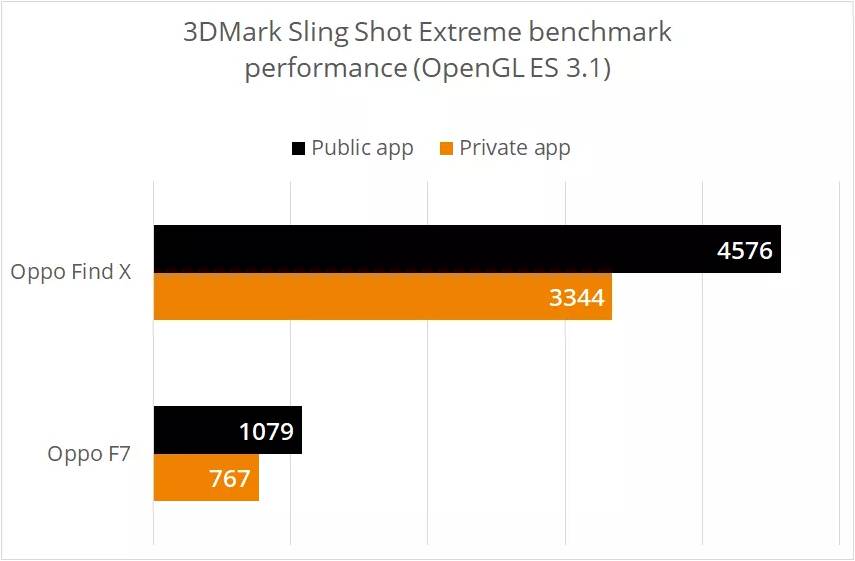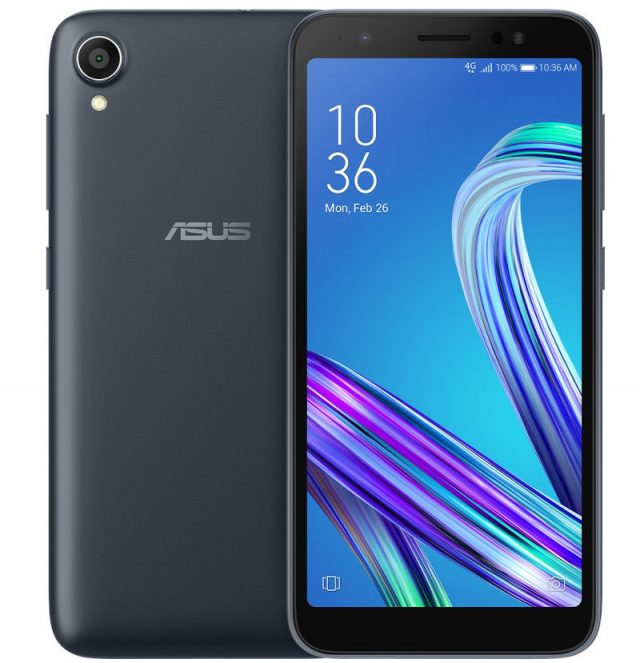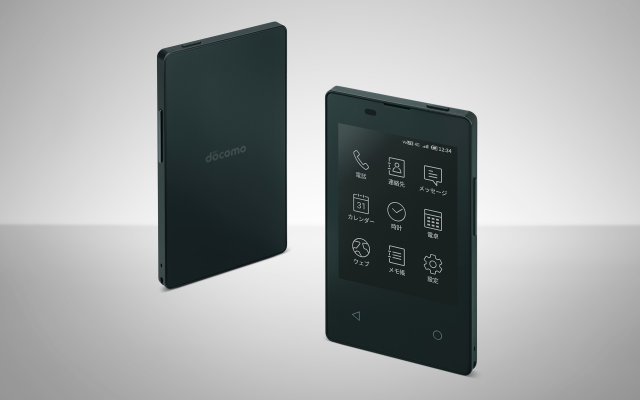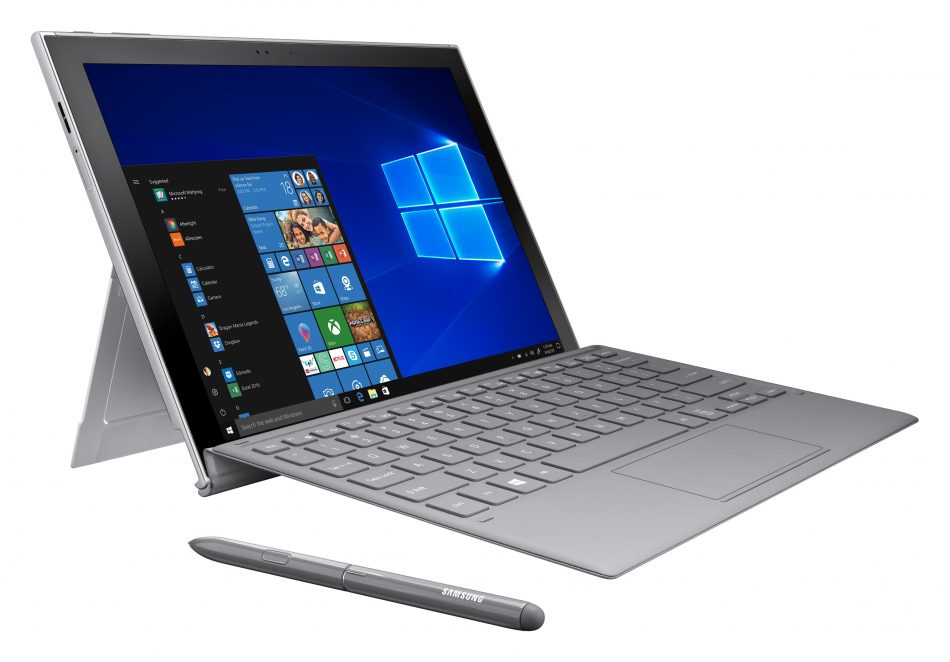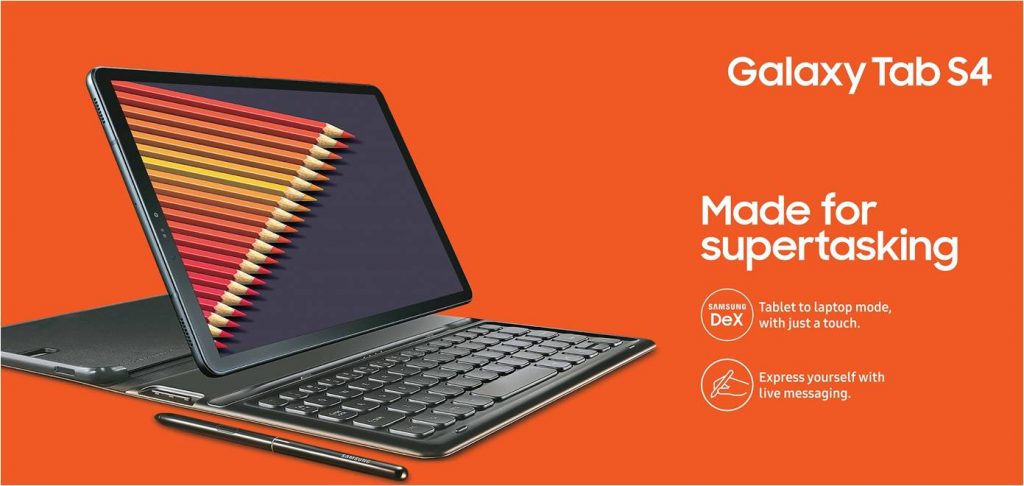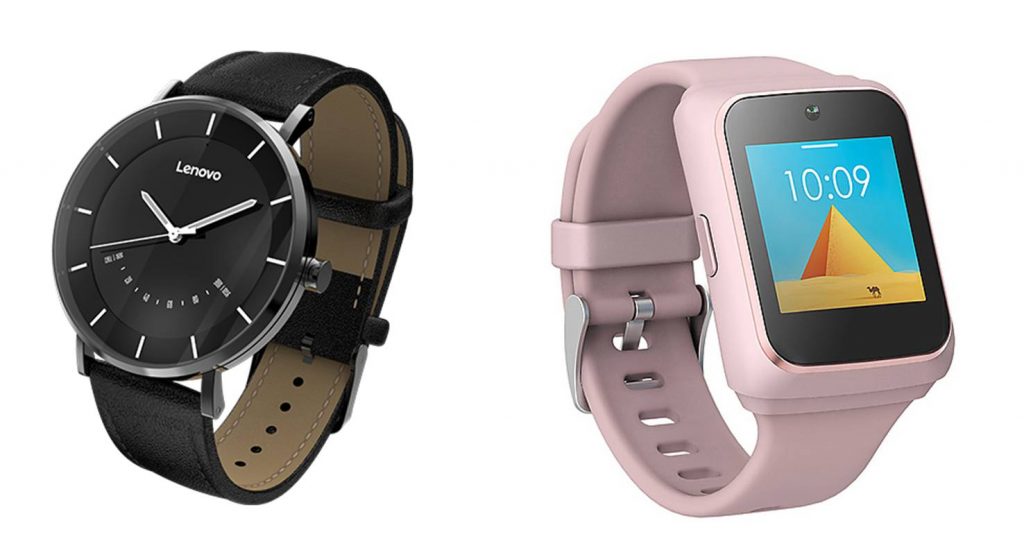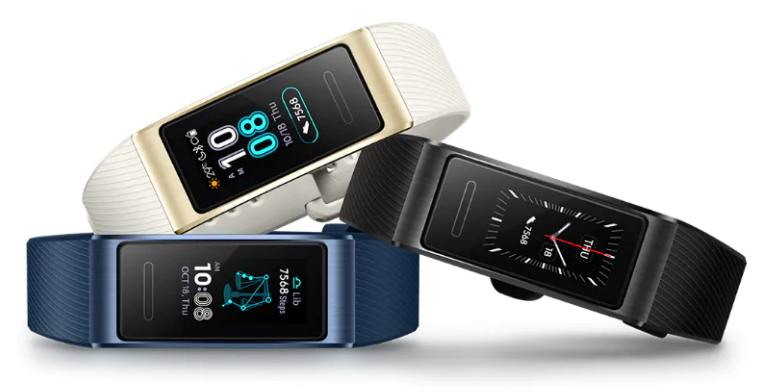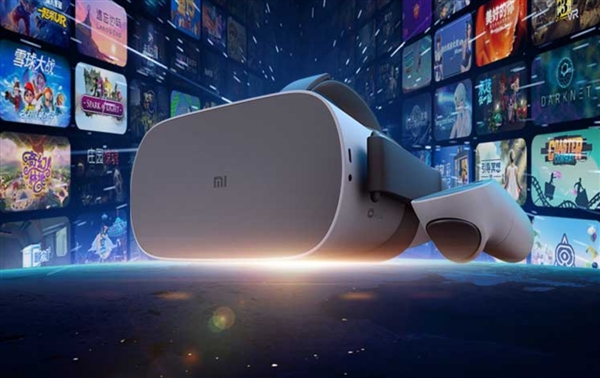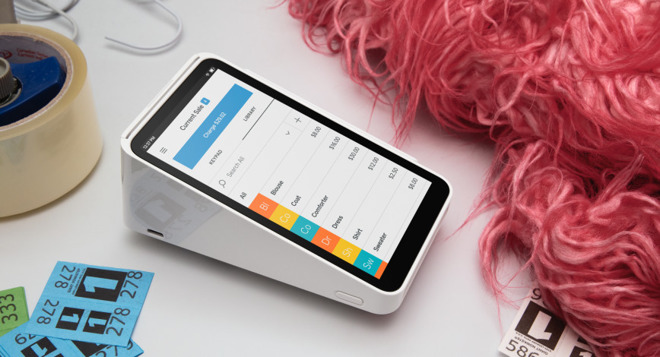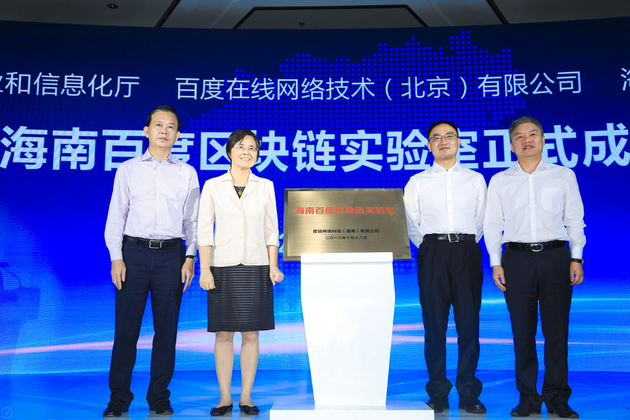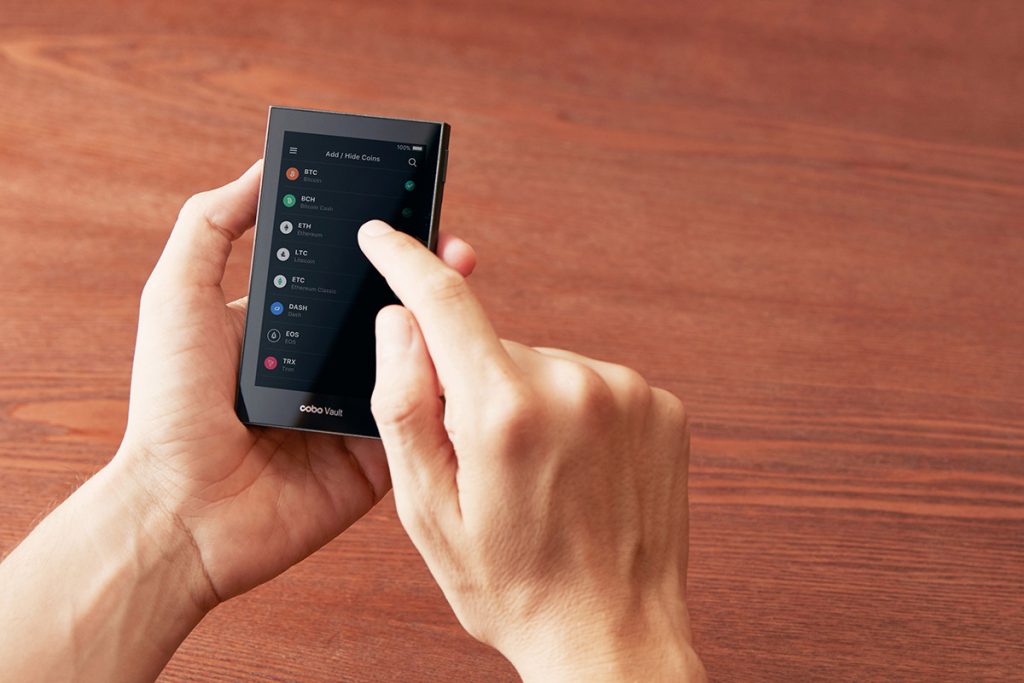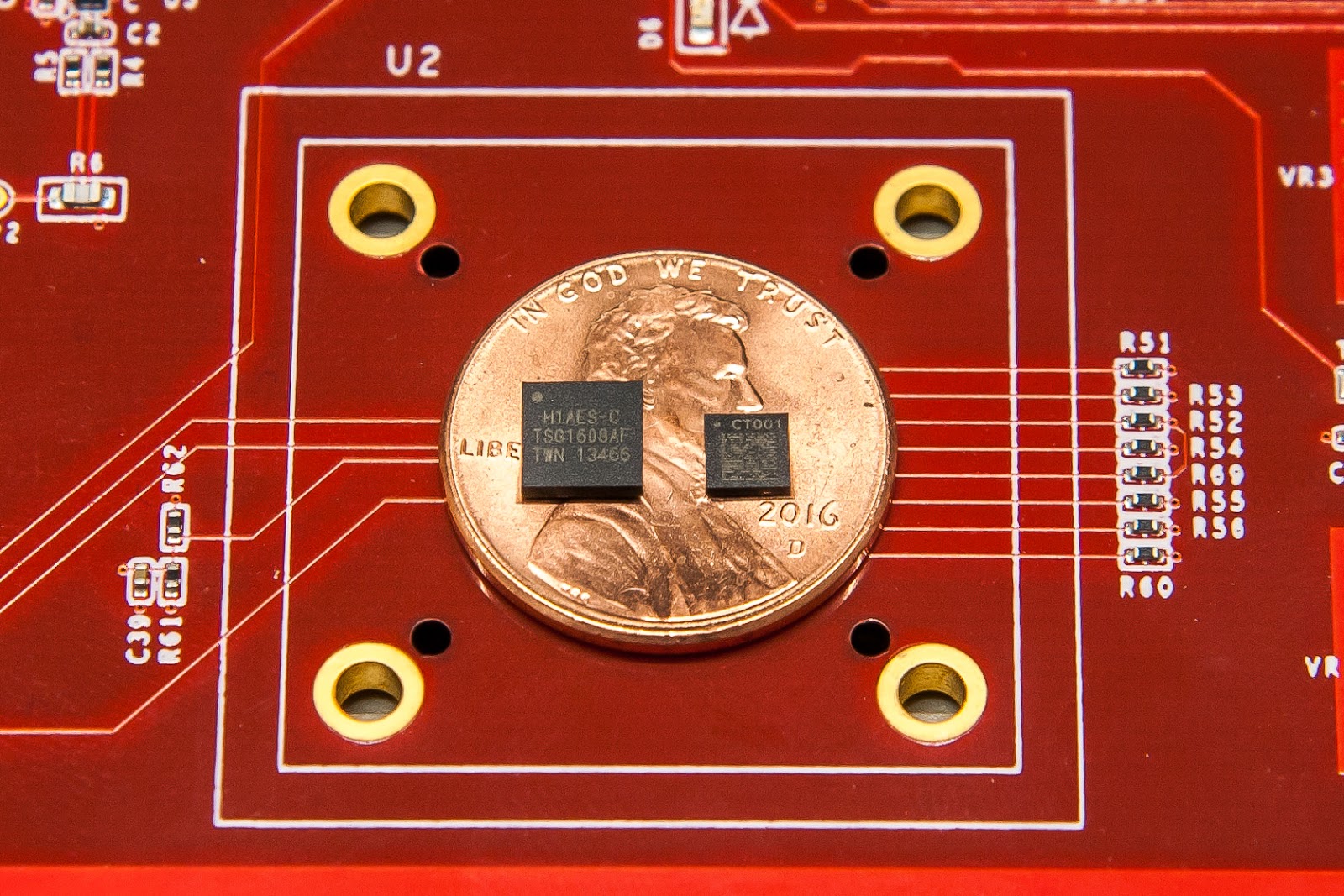
10-21: Micron Technology has announced that the company intends to exercise its right to call Intel’s interest in the parties’ joint venture; Google will allegedly charge device vendors as much as USD40 per device; etc.
Chipset
Samsung has announced that it has completed all process technology development and has started wafer production of its revolutionary process node, 7LPP, the 7-nanometer (nm) LPP (Low Power Plus) with extreme ultraviolet (EUV) lithography technology. (Android Headlines, Extreme Tech, AnandTech, The Inquirer, Samsung, CN Beta, CN Beta)
In collaboration with Aliyun IOT, Alibaba DAMO Institute, Rockchip is launching new smart home solution, using voice interaction technology to provide real “without using hand but mouth” smart living experience. This solution is based on RK3308G chipset, featuring 64-bit quad-core ARM Cortex-A35 design. (CN Beta, JRJ, Jiemian, Rockchip)
Google custom Titan M’s CPU is an ARM Cortex-M3 microprocessor specially hardened against side-channel attacks and augmented with defensive features to detect and respond to abnormal conditions. Titan M prevents attackers from rolling back the firmware to an insecure version, and also block attempts to unlock the bootloader. (Phone Arena, Android, CN Beta, Google)
TSMC CEO, CC Wei, said that in 4Q18, 7nm wafer revenue will account for more than 20% of total revenue, 10% for the whole year and 20% for 2019. TSMC’s EUV lithography-optimized next-generation process is planned to be mass-produced in 2020. He further said that there will be over 50 sets of 7nm IP solutions before end of 2018. By 2019, over 100 sets will be available including the 1st-gen generation 7nm and the 2nd-gen 7nm EUV. (GizChina, Digitimes, press, Laoyaoba, KK News, Digitimes)
Loongson is launching Loongson 2nd-gen development platform. The development board is nano-ITX mini board with dimension only 12×12cm, with all the necessary components integrated and 12V3A cylinder power supply. The processor is Loongson 2K1000, manufactured by 40nm process, 64-bit dual-core dual-emission super-scalar out-of-order execution architecture with highest frequency of 1.0GHz. (CN Beta, EE Board, My Drivers)
Gigabyte Technology has begun selling graphics cards based on Nvidia’s latest RTX 2070 series and is aiming to ship 1M graphics cards and 3M motherboards in 4Q18, as many AAA games are being released. (Digitimes, press, UDN, UDN, China Times)
NVIDIA is opening an eSports studio in Shanghai, collaborating with Yesee Tech. (CN Beta, Techspot, eSports Insider)
Touch Display
The display ‘open hole’ camera technology reportedly will become mainstream technology in 2019. A couple of renders of the design are leaked with the camera sensor lodged in a module that can be at the top centre, top left or right corner of the display. (CN Beta, Twitter, Gizmo China, Liliputing)
Huawei consumer business group CEO reveals that the company is working on foldable 5G phones, which could be based on Huawei Mate 20X. (Android Authority, GizChina, Engadget, The Verge, My Drivers, IT Home)
IHS Markit analyst Robin Li reveals that Samsung foldable phone will arrive at CES show early 2019. The first batch shipments should be around 500,000 units. Samsung foldable phone will be equipped with a 4.6” external screen and a 7.3” foldable internal screen. (GizChina, Chicago Sentinel, CN Beta)
Camera
CMOS image sensor demand (CIS) is set to boom for application to triple-lens camera phones and automotive electronics in 2019, prompting leading CIS maker Sony to expand capacity and allowing Taiwan channel distributors and backend service firms to expect increased orders from the Japan vendor, according to Digitimes. Sony supplies the vast majority of CIS devices for the cameras, which will significantly drive up revenues of Sunnic Technology & Merchandise, a Taiwan channel distributor of Sony’s CIS products in 2019. (Digitimes, press, UDN)
Sony officially announces the new Medium Format, Full Frame, APS-C and MFT sensors, including MX411, IMX461, IMX410, IMX271, IMX272, IMX299, IMX383, IMX283, IMX533, IMX577, IMX477, IMX458. (CN Beta, Sony Alpha Rumors, Sony)
Memory
Despite the JEDEC specification for DDR5 not being finalized yet, Cadence and Micron have already started developing 16Gb DDR5 RAM, which they say will be ready to start production by the end of 2019. Cadence developed the DDR5 interface IP, while Micron crafted the first silicon prototype for DDR5 RAM. The two companies tested a 4400MT/s DDR5 chip prototype for the first time May 2018. (CN Beta, Tom’s Hardware, AnandTech)
Micron Technology has announced that the company intends to exercise its right to call Intel’s interest in the parties’ joint venture, IM Flash Technologies. Micron expects to pay approximately USD1.5B in cash for the transaction, dissolving Intel’s non-controlling interest in IM Flash as well as IM Flash member debt, which was approximately USD1B as of 30 Aug 2018. (Digitimes, press, Market Watch, Tom’s Hardware, Sina, Reuters CN)
Samsung showcases 256-gigabyte (GB) 3DS (3-dimensional stacking) RDIMM (registered dual in-line memory module), based on 10nm-class 16-gigabit (Gb) DDR4 DRAM that will double current maximum capacity to deliver higher performance and lower power consumption. (CN Beta, Samsung)
Sensory
Samsung Display is detailing new innovations supposedly include a camera sensor, fingerprint reader, audio technology, and touch-sensitive system all built under the screen. This indicates the design direction for 2019: Under Panel Sensor (UPS) – sensors like Face ID and front-facing cameras to be mounted under the display panel. Fingerprint on Display (FoD) – in-display fingerprint scanner, with half FoD in 2019 and full FoD by 2021. Haptic on Display (HoD) – haptics is implemented beneath the display. Sound on Display (SoD) – front facing speakers and earphones are embedded beneath the display. (Ubergizmo, Neowin, Twitter, Techaeris, CNET, Gizmodo, TechRadar)
Biometrics
IOTA Foundation, a non-profit foundation focused on distributed ledger technology (DLT) and permissionless ecosystem development, has announced that its open source Tangle technology will power a new biometric authentication system that uses a person’s palm vein pattern as means of identification. The IAMPASS Proof of Concept (PoC) is yet another milestone for IOTA’s rapidly developing ecosystem and another piece of the organization’s evolving Smart City initiative. (Digital Trends, IOTA, Blokt, Business Wire, Dianshi, Baijiahao)
Connectivity
ZTE Communication has announced that it has completed 5G end-to-end field test in Xiong An area with China Telecom. The test is based on 3GPP R15 standard, using 3.5GHz spectrum. This has marked another milestone to fully commercialize 5G by 2020. (CN Beta, Huanqiu, C114, ZTE)
Phone
Huawei is reportedly planning to start manufacturing its phones in India from 2019. In order to strengthen its foothold in the market, it is also planning to open around 1,000 exclusive stores. According to Huawei’s Global Vice-President, Jim Xu, the company looks at India strategically and now intend to grow its presence through launch of devices in the mid-and-premium-end of the market. (Gizmo China, India Times, Tencent, Sina)
Samsung Electronics said it will support 500 startups over the next 5 years in response to the government’s call to bolster the national economy and create more jobs. The project comes as a follow-up of Samsung‘s announcement made in Aug 2018, when it vowed to invest a whopping KRW180T (USD160B) over the next 3 years to revitalize the national economy and develop new growth engines. (CN Beta, Pulse News, Korea Times, Yonhap News)
Due to EU’s USD5B antitrust fine against Google, Google has announced it would comply with the ruling by unbundling the Google Android app package. Google will allegedly charge device vendors as much as USD40 per device if they do not use Google’s preferred Android setup. The pricing is flexible based on the country and the pixel density of the device’s screen. (CN Beta, Ars Technica, The Verge, 9to5Google)
OPPO has launched the ‘Bell Program’ and established a joint innovation center with Zhejiang University. OPPO VP, President of Human Resources and Strategy, Jiang Anzhen, said that OPPO has always attached great importance to the exploration of technology. In 2018, OPPO established 1 research institute and established 6 research institutes. (CN Beta, Sohu, Sina)
OPPO’s smartphones, including its flagship Find X, have been delisted from 3DMark’s benchmark leaderboard. The phones were programmed to recognize the publicly available 3DMark app from the Google Play Store by name and then allocating system resources to ensure a better score. UL, the company that makes 3DMark, has tested the devices again with a private version of 3DMark and found that the Find X and F7 were scoring to 41% higher with the publicly available app than the private one, even though the benchmarking tests were identical. (The Verge, Benchmarks, Baijiahao)
ASUS ZenFone Lite L1 is launched in India – 5.45” 1440×720 HD+ IPS, Qualcomm Snapdragon 430, rear 13MP + front 5MP, 2+16GB, Android 8.0, face unlock, no fingerprint scanner, 3000mAh, INR5,999. (GizChina, GSM Arena, XDA Developers)
ASUS ZenFone Max M1 is launched in India – 5.45” 1440×720 HD+ IPS, Qualcomm Snapdragon 430, rear 13MP + front 8MP, 3+32GB, Android 8.0, face unlock, rear fingerprint scanner, 4000mAh, INR7,499. (GSM Arena, XDA-Developers)
Lenovo S5 Pro, K5 Pro and K5s are announced: S5 Pro –6.2” 1080×2246 FHD+ IPS, Qualcomm Snapdragon 636, rear dual 12MP-20MP + front dual 20MP-8MP, 6+64/128GB, Android 8.1, rear fingerprint scanner, IR face recognition, 3500mAh, CNY1,298 / CNY1,398. K5 Pro – 5.99” 1080×2160 FHD+ IPS, Qualcomm Snapdragon 636, rear dual 16MP-5MP + front dual 16MP-5MP, 4+64GB / 6+64/128GB, Android 8.1, rear fingerprint scanner, 4050mAh, CNY998 / CNY1,098 / CNY1,298. K5s – 5.7” 720×1440 HD+ IPS, MediaTek MT6762, rear dual 13MP-5MP + front dual 13MP-5MP, 4+32GB, Android 8.1, 3000mAh, CNY798. (GizChina, GSM Arena, My Smart Price)
Kyocera Card Keitai KY-01L is a companion phone launched in NTT DoCoMo Japan – 2.8” 600×480 e-ink display, basic phone tasks including making calls, sending messages, supporting Wi-Fi and VoLTE, Bluetooth, IPX2 rated, sized 90×50×5mm, 100 hours of standby time, JPY32,000 (USD280). (Engadget, BBC, NTT DoCoMo, Sohu, Tencent)
PC / Tablet
Samsung Galaxy Book 2 is announced – 12” 2160×1440 QHD Super AMOLED, Qualcomm Snapdragon 850, rear 8MP + front 5MP, 4+128GB, 2 speakers by AKG with built-in Dolby Atmos, Windows 10 S Mode, S Pen stylus, 20 hour battery life, USD1000. (GSM Arena, Samsung, Baijiahao)
Samsung launches 2-in-1 Galaxy Tab S4 in India – 10.5” 2560×1600 WQXGA sAMOLED, Qualcomm Snapdragon 835, rear 13MP + front 8MP, Android 8.1, 4+64GB, S Pen, 7300mAh, 4 speakers tuned by AKG, Dolby Atmos, INR57,900 (USD786). (Gizmo China, XDA-Developers, Samsung, GSM Arena)
Wearables
Lenovo announces Watch S hybrid and Watch C for kids: Watch S featuring new dial design, sapphire glass and calfskin leather. It does sleep tracking, calorie counting and tracking steps. It has a 5 aTM water-resistant rating. CNY238. Watch C featuring 1.3” AMOLED square-shaped display, with a camera that can be remotely controlled to take photos, built-in GPS for location tracking and can connect via Wi-Fi, an SOS button for emergencies and IPX7 rating. It is priced at CNY399. (Gizmo China, GSM Arena, Lenovo, Lenovo, My Drivers, My Drivers, CN Beta)
Huawei Band 3 Pro is announced, featuring 0.95” 120×240 AMOLED, Applo 3 microprocessor, 50ATM water resistance, built-in GPS, optical heart rate sensor, 100mAh battery, priced at EUR99. (Gizmo China, Huawei, Tencent)
Augmented / Virtual Reality
Xiaomi officially launches that the Xiaomi VR all-in-one super player version, powered by Qualcomm Snapdragon 821. The production involves Xiaomi and Oculus. it is equipped with Oculus special modulation diffractive optical system. It also has some software optimization algorithms to achieve low vertigo and a super smooth VR immersion. It is priced at CNY1799 (32GB) and CNY1999 (64GB). (GizChina, Sina)
Artificial Intelligence
Google’s latest study into the use of its AI-based Lymph Node Assistant (LYNA) highlights how the AI might be used in the real world. The research centered around tasking human pathologists to diagnose metastatic breast cancer in lymph node slides. In terms of prognosis, Google shows that its AI could reduce false negatives by up to 75%. Its overall accuracy at detecting cancer was at around 99%. (Android Headlines, Google, Leiphone, Sohu)
Samsung has announced its acquisition of Zhilabs, known for its Artificial Intelligence (AI)-based network and service analytics, to further enhance its 5G capabilities. The acquisition lays the foundation for Samsung to foster its 5G offerings of automation and network analytics to finely tune the customer experiences in the 5G era. (Neowin, Samsung, Sinchew, Engadget CN, OfWeek)
Payment
Square has unveiled the Terminal, a portable device meant to accept all forms of retail payment, including NFC-based platforms like Apple Pay and Google Pay. While it includes Wi-Fi and Ethernet connections, it can also operate in an offline mode when internet access goes down, and is designed to last a complete business day on a single charge. (Apple Insider, Square, CN Beta)
Fintech
Baidu, the government of Hainan province and a local tech park will establish a blockchain research center to promote the use of the tech firm’s newly launched distributed ledger. Baidu and Hainan Provincial Department of Industry and Information Technology, as well as high-tech incubator Hainan Resort Software Community will build the lab in the Blockchain Test Zone of the Free Trade Zone in Hainan. (CN Beta, Yicai Global)
Cobo, a cryptocurrency wallet startup headquartered in Beijing, has raised a USD13M Series A. The round was led by DHVC and Wu Capital, a family office based in China. Cobo plans to expand in the United States and Southeast Asia, in particular Vietnam and Indonesia. Cobo is also now taking pre-orders for Cobo Vault, a hardware wallet that it claims is military grade. Cobo’s Series A brings its total funding to USD20M so far. (TechCrunch, Cobo, Bitcoin, Entrepreneur, eBrun)
